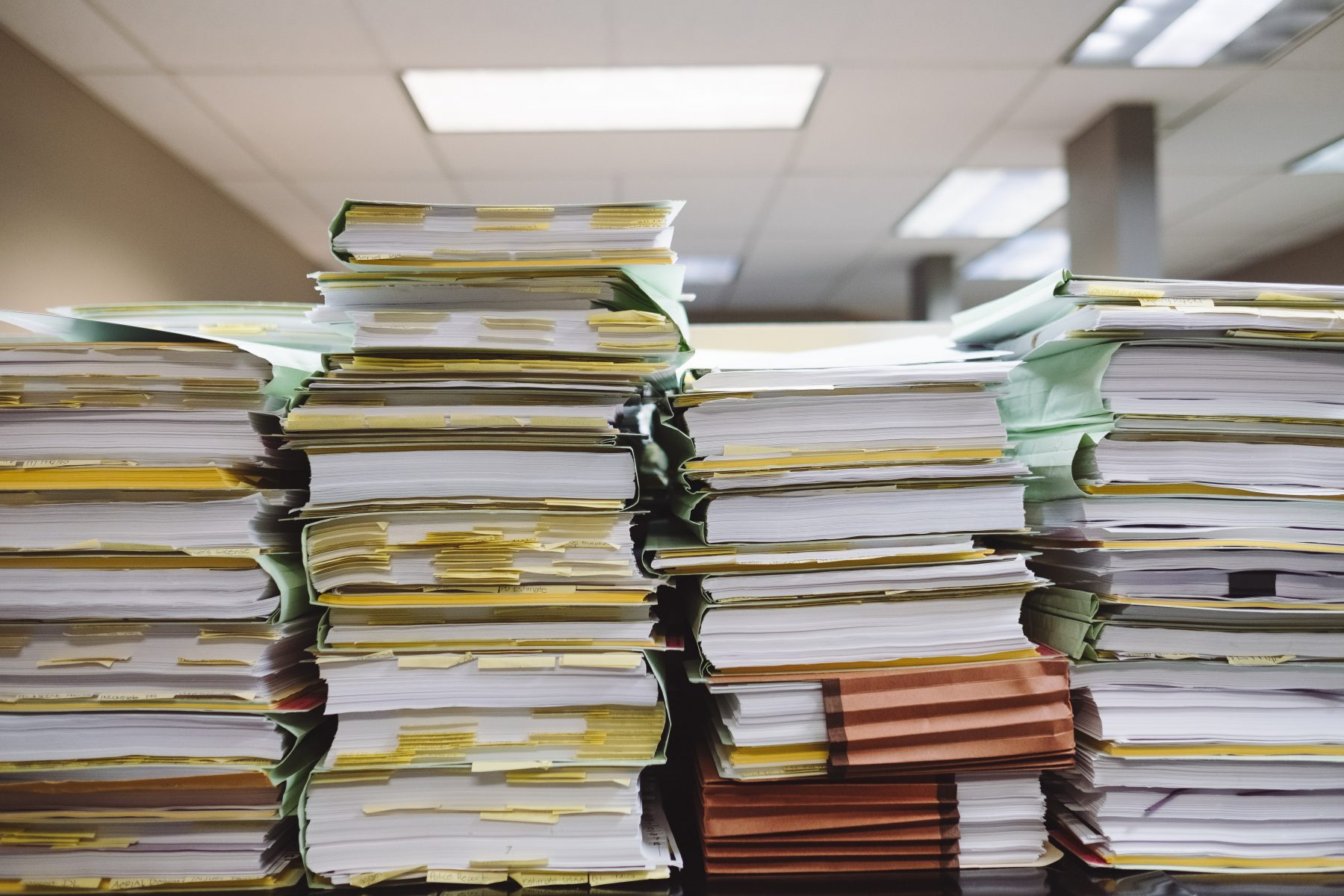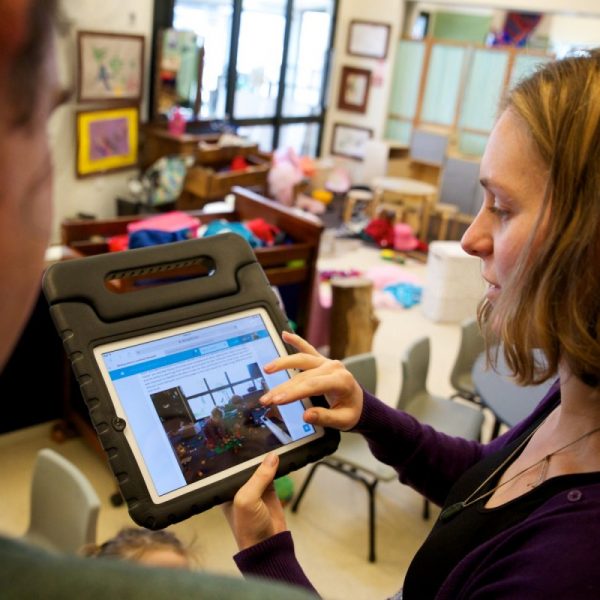Digital design enhances NSW Department of Education ecosystem, starting with transition to school

While many of the stories of digital design of late have focused on the transition to online learning in response to the COVID-19 pandemic, moves to digitising standard paper based processes have been underway in a variety of sectors and industries, including early childhood education and care (ECEC) for some time now.
In New South Wales, the Department of Education has been working with “forward focused” design studio Future Friendly to innovate the over 120 forms and processes used by the Department of Education, starting with the Transition to School statement, which was the test case for this process, to better assist children to transition from ECEC to school.
Following recent wins in Australia’s annual Good Design Awards program, The Sector spoke with Future Friendly founders, Jon Christensen and Nick Gower about the project, lessons learnt along the way, and how educators can use the enhanced functions of the digital form to give a more comprehensive picture of children’s learning at this core time in their lives.
Core problems
At the heart of the issue, Future Friendly said, was that there are currently more than 120 paper based forms which are being used by teachers, early childhood educators and parents / primary caregivers. Rather than offering a means of collaboration, the forms become one way of posting information from one party to another.
As a result, a low percentage of these forms, many of which would hold crucial information which would ease children into a more comfortable start to school, were actually making it from early childhood educators to primary school teachers.
In return, the low completion rates diminished the value of the forms in the eyes of teachers, as they were unable to plan effectively for a full cohort of children with incomplete information.
Thoughtful solutions
Starting from the premise that the best form is no form, Future Friendly took the approach that the “paper” (soon to be digital) work should take a back seat, with any outputs instead centering on the collaboration between early childhood education, teachers, and parents, which was unable to happen with the paper statement.
“By removing the friction and barriers to access, we could realise the real value and potential of this simple but powerful service to support children in a vital education milestone” Mr Christensen said.
“Research shows that teachers are busy, overworked and stressed. The tool was designed to fit into their lives – as teachers are likely to complete the form in multiple sessions, the product allows them to save and exit their progress with ease and confidence” Mr Gower added.
The Transition to School statement was a solution which allowed for ECEC educators to build a picture of a child’s school readiness across five developmental domains, in a collaborative fashion online over three months, and served as a test case for innovating the processes and forms across the Department as a whole.
This, the creators said, leads to a higher quality of information for primary school teachers so they can create a safe and welcoming environment for students.
Source of pride
When asked which aspects of the Transition to School project made them the most inspired, excited or proud, the Future Friendly team again circled back to the way in which the form was now a collaborative and interactive experience, rather than a static piece of paper.
“During the test we spent time with the 120+ teachers, parents and educators in regional and metro NSW” Mr Christensen said, a time he described as being “exciting and essential” to the ultimate outcomes of the project.
It was during this time that the Future Friendly team learnt that while educators on both sides of the transition to school line knew the potential of the statement, several “did not see its value in practice.”
“By involving them in the design journey, we had a chance to highlight how much the teachers valued behavioural and social insights on children, and the effort put in by educators to pass on their knowledge” Mr Gower noted, sharing his own change in perspective after working on the project.
“Early Childhood Educators spend so much time with the children and gain unique and deep insight into the developmental milestones of the children” he added.
In terms of practical execution of the Transition to School form, helping the DOE research, and then prototype, the service allowed the Department to build a business case, which led to funding for the program to fully implement the service redesign.
It was this early prototyping, Future Friendly note, which allowed more time for designers to spend face to face with early childhood educators, parents, and teachers, helping to create a clear narrative for the long-term vision for the statement, based on each of their needs.
Practical features
Using the new digital modality, the new platform to support children to transition to school will help guide early childhood educators through the statement, and allows them to add notes, respond to specific questions and multi-choice prompters, as well as allowing them to add additional content and images.
“By reimagining a once paper-based form to a digital service that integrates with existing systems and ways of working we could lower the barriers to access, increase understanding and visibility, and thereby the quality and value of the statement” Mr Christensen said.
Marrying the familiar language of the EYLF for ECEC educators with the more well known developmental domains for primary teachers, the Transition to School statement focuses on the five development domains which help primary teachers understand the child. Those domains are:
-
- physical health and wellbeing
- social competence
- emotional maturity
- language and cognitive skills (school-based)
- communication skills and general knowledge.
“Most importantly,” Mr Gower concluded, the statement enables teachers to plan the right support networks for children with special needs. Understanding children before they arrive, and ensures that support teachers or accessibility equipment are in the classroom from day one, creating a safe environment for all.
















